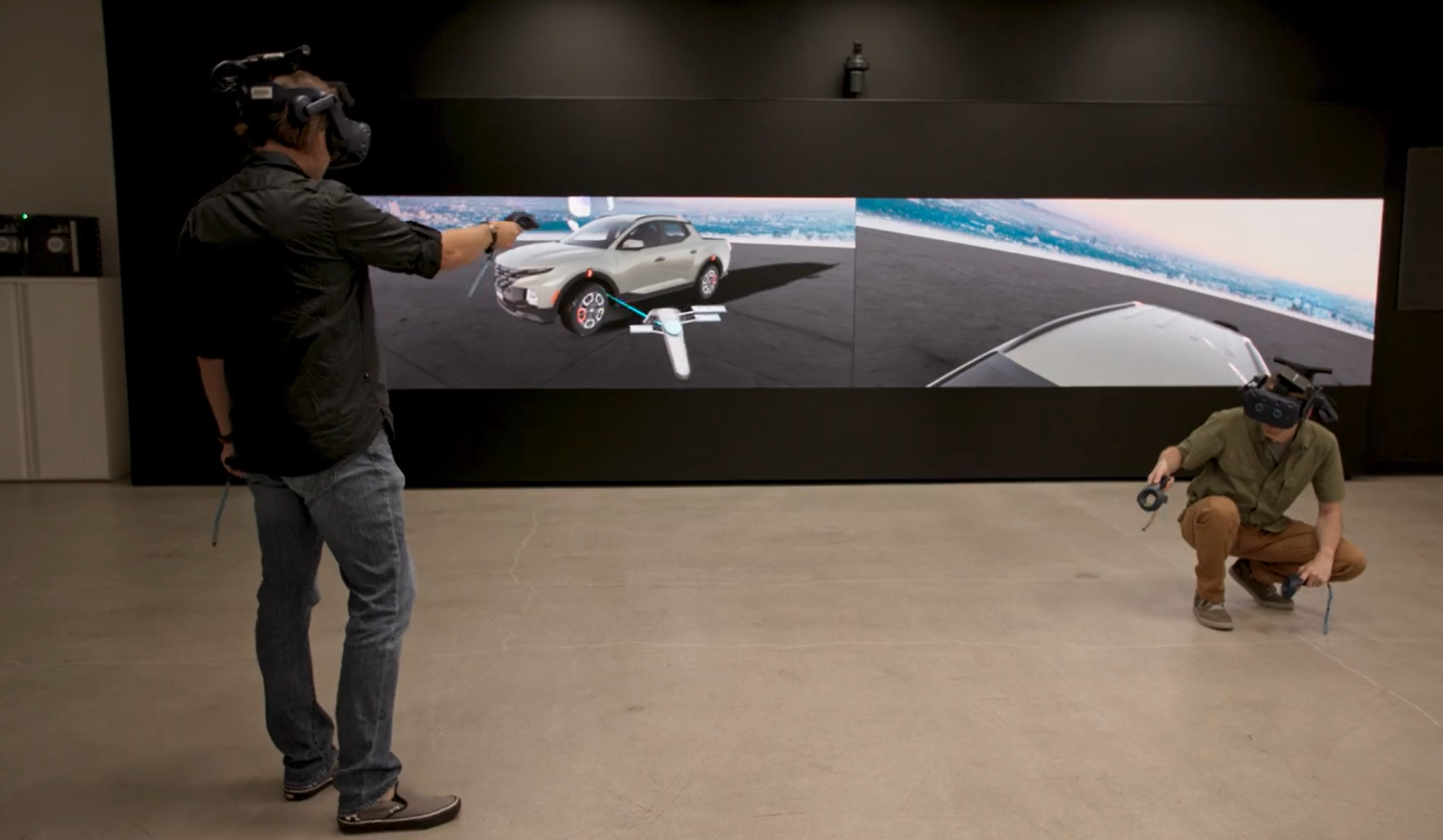

Fifty years ago, new car model launches were quite the spectacle. In those days, you might wait 2-3 years or more for a new model. One of the major reasons for the delay is because the clay modeling process was complicated, and the automotive engineers and designers only truly understood what the look and feel of the model was going to be after it was carved out of clay.
As changes were decided on during this process, they would come out of clay, go back to the drawing board (literally in those days), and re-engineer and re-design. Each iteration going in/out of clay cost them 18 months.
Automakers were always looking to prioritize time to market and shave time off this laborious process. As executives looked for new tools to help their company reduce the design and engineering time of their latest automobiles, advanced visualization technology was born and has continued to develop and improve to the point now where new automotive models are introduced yearly.
Computer-Aided Design (CAD) modeling used for viewing, communicating and collaborating on automotive engineering and design has ridden its own technological wave. Once a very slow and cumbersome process due to the large amount of complex data and limited computer graphics capability, now we get into discussions about how many frames per second systems are capable of, when in the past large models might take overnight to render a single frame or image. What we see now is literally real-time, photorealistic rendering.
Advanced visualization has also steadily progressed from 2D model renders, into full 3D virtual reality. This new visualization is a fully accepted vital tool in validating, communicating and optimizing automotive design and engineering. Through virtual reality, engineers and designers now navigate through virtual vehicles in real time while they manipulate components just as in the real world, and even change between engineering iterations on the fly to conduct A/B testing and comparisons between choices or previous year model examples.
By understanding complex details and identifying flaws before these designs are released for production, it streamlines the process by eliminating them proactively.
To "See What's Important" one of the first priorities is quality of image. Pixel density remains one of the paramount requirements, BUT not always if it means to sacrifice rendering speed. Changing something as small as a 10 frames per second system to one with better resolution that only performs at 5 frames per second might not be the choice for many automotive design studios. Of course, the systems must be highly intuitive and easy for the end user to operate, but most will NOT tolerate any lag in performance, or the tools will not be utilized.
An engineering team might use virtual reality to look at whether they can run a wiring harness through a car seat and still get it where it needs to go (called interference testing), or examine if parts can be combined and meet the right tolerance levels.
User experience is even pre-tested for driving expectations, by utilizing driving simulation systems. This helps them determine visibility for the driver, glare, and ergonomic challenges like making it a positive experience for both someone who is 6 feet 4 inches tall vs someone who is 5 feet 2 inches tall.
Some VR tools can be very single-user specific, like head-mounted displays (HMDs). Even cave automatic virtual environments (CAVEs) are somewhat difficult to "share" so typically these tools are used in coordination with PowerWalls (what IGI calls their custom, large-scale video wall) so the group can collaborate on the task at hand, and see on the larger screen what the immersed user is seeing in the virtual environment.
Some tools fit multiple uses, like flexible CAVEs. For years, CAVES were primarily built to be multi-sided (3-6 sides that may include both walls and the floor or ceiling) structures that were permanent in their configuration. A flexible CAVE allows for one or more of those multi-sided surfaces to move. A 3-sided CAVE could have two outside walls move into a flat configuration creating a PowerWall, so there are more options for utilization.
The technology of virtual reality and advanced visualization solutions have significantly improved, AND sped up the design and engineering processes to reduce time to market. This is true not only in the automotive arena, but for the aerospace industry, and other commercial and military applications.
Immersion Graphics, Inc. (IGI) provides audio visual design, engineering, consulting, product sales, control system programming, custom fabrication, installation, preventative maintenance, and extended support services out of its headquarters location in Detroit and west coast operation in Los Angeles. Additional offices are located in Indianapolis, and Grand Rapids.
Founded in 1998, IGI has installed numerous large-scale, ultra-high resolution systems throughout the U.S. in the automotive, higher education, medical, financial, and energy transmission markets, and for the United States military and other government agencies. Applications include industrial design, engineering and data visualization, mission-critical command & control room environments, presentation systems, video conferencing, digital signage, and a variety of commercial AV solutions for emerging markets where the simultaneous visualization of 3D models and complex data by a group is essential to effective decision making. To get an in depth look at what we do, see our website at www.werigi.com, we are IGI.
IGI is minority owned, veteran owned, and a small business and SBA 8(a) program graduate.